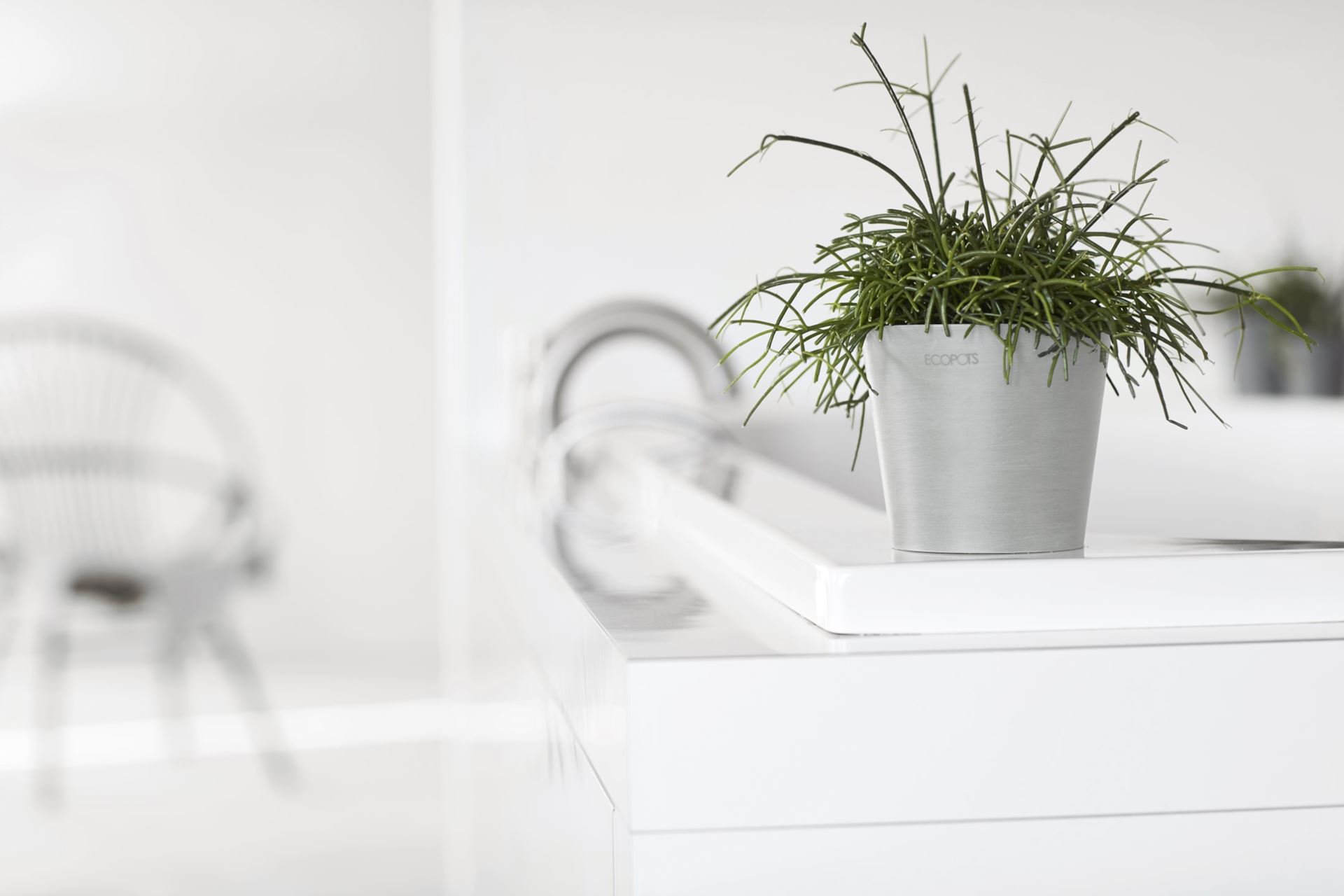
How to recognize, cure and prevent root rot
Root rot is a problem that is relatively common in houseplants, but in many cases need not be dramatic. Provided, of course, that you catch it in time. Roots that are exposed to rot for a longer period of time will be too much affected, making them unsalvageable. The result? Wilted and dying plants!

Root rot is a disease that usually affects houseplants. This is only logical. Houseplants are usually in ornamental pots where excess water can hardly, if at all, drain away. With garden plants, excess water can naturally drain into the soil. Outdoor pots also have drainage holes in most cases to allow excess water to drain away.
The direct cause of root rot is potting soil that is saturated with water. This negatively affects the oxygen level in the soil. And that is just what plants need to survive. The combination of lack of oxygen and fungal growth causes root rot, with all its consequences. If root rot is at too advanced a stage, the plant can no longer absorb nutrients at all.
How to recognise root rot?
- Leaves turn yellow and/or droop: Yellow or drooping leaves can signal stress and a thirsty plant. However, it is important to double-check if this is indeed the case. After all, it is also a symptom of root rot. Indirectly, your plant does warn you that it cannot absorb water properly. This is because root rot prevents the roots from efficiently absorbing water and nutrients.
- Dark brown or black roots: Yellow/hanging leaves are thus the signal to definitely check your plant's roots for root rot. To do this, take the plant out of the pot and remove the soil around the roots. Healthy plant roots have a white or light brown colour. See that your houseplant's roots are rather dark brown or black and look 'mushy'? Then cut away the affected roots immediately, but be careful not to damage the healthy roots
- Smelly plant or potting soil: Does it release a strange smell, when you water your plant? Or does it smell even without watering. The chances are very high that root rot is the cause.
Treating root rot? Here's how to do so!
If you detect root rot in time, you can often still save your plant. There are no real remedies like against pests. To treat root rot, prune away the affected parts and repot the plant in new potting soil.
Are there any healthy roots left? Then you can still save your plant in most cases. To do so, remove the plant from the pot and shake the potting soil off the roots. Cut away the affected roots with sterilised pruning shears. Cut off the roots above the affected area and discard them.
After cutting away the damaged roots, let the plant dry for a few hours to allow the roots to recover. Then repot the plant in well-draining potting soil.

Tip from Marcel
Root rot is contagious. Therefore, after pruning affected roots, make sure to disinfect your pruning shears immediately before using them on other plants. By doing so, you avoid your other plants falling prey to root rot as well.
How to prevent root rot?
Too is never good. So neither is too much water. You do need to water a houseplant, but don't overdo it. Exactly how much water a plant needs depends on its location, temperature and - of course - the plant species. Be sure to water your plant according to a fixed schedule and do not water too much at a time to avoid root rot.
Did you forget to water your plant? No problem! What you mustn't do is compensate by giving a double dose next time.
With a moisture meter, you can be on the safe side. Such a meter indicates whether the potting soil is still moist enough and you can read from it whether the soil is too moist.
Something to keep in mind: use pots with drainage holes in combination with a saucer to catch excess water.
Provide a drainage layer at the bottom so that the potting soil does not absorb excess moisture. Hydro grains absorb excess moisture very well. Heavy, moisture-retaining potting soil should definitely be avoided, especially with cacti, for instance.
Do not push the potting soil too much to ensure the stability of the plant. This compacts the soil, increasing the risk of root rot. Use a plant stake if your plant needs support.
Learn more about caring for your houseplants in these blogs
More info? Receive all our gardening tips directly in your mailbox!
We'll only email you handy facts, green advice and our best promotions & discounts. You'll receive it about once a week and you can unsubscribe at any time. No spam, promise 🤞











